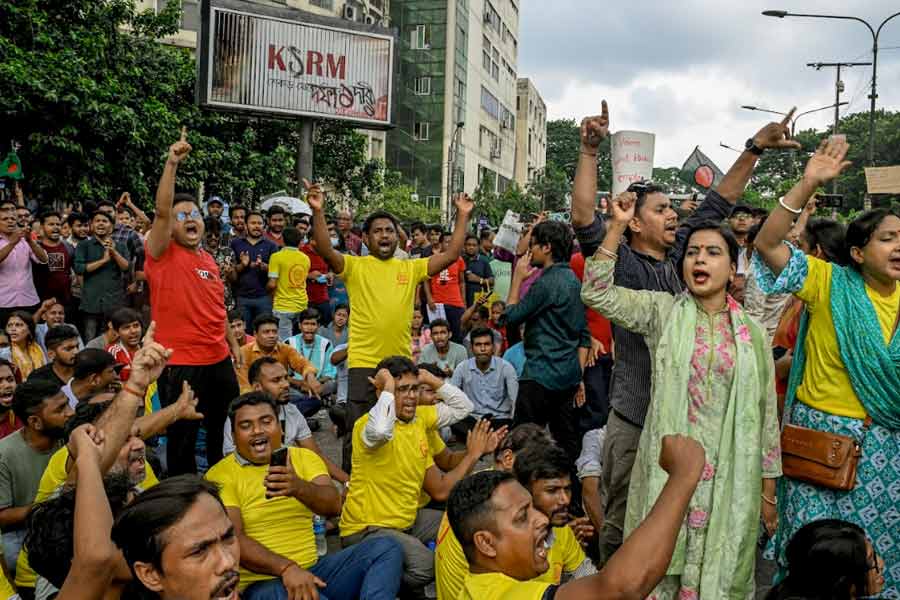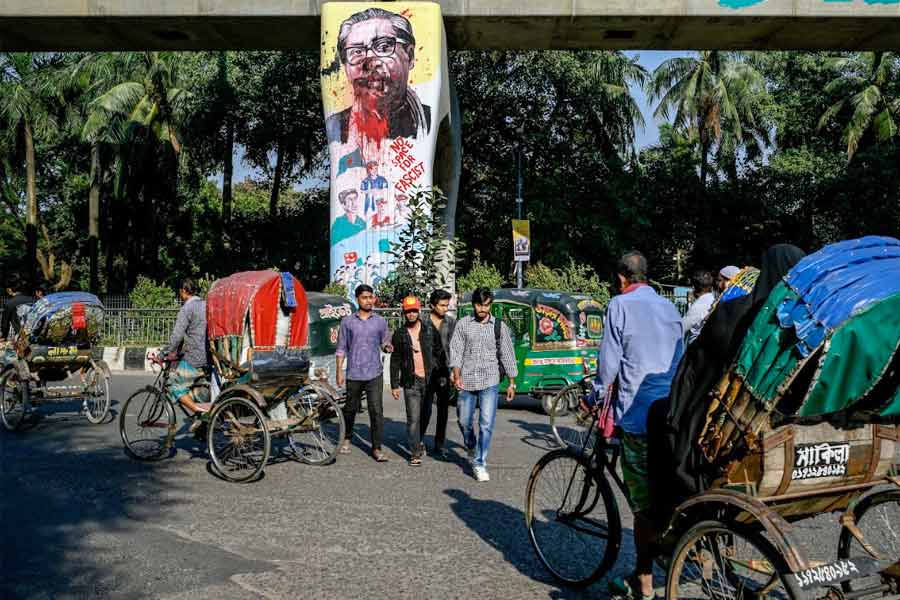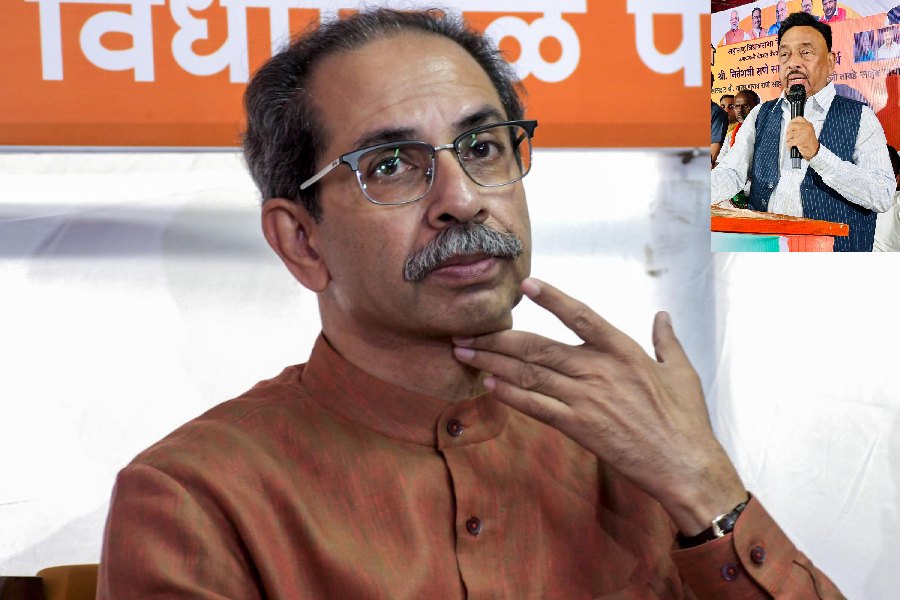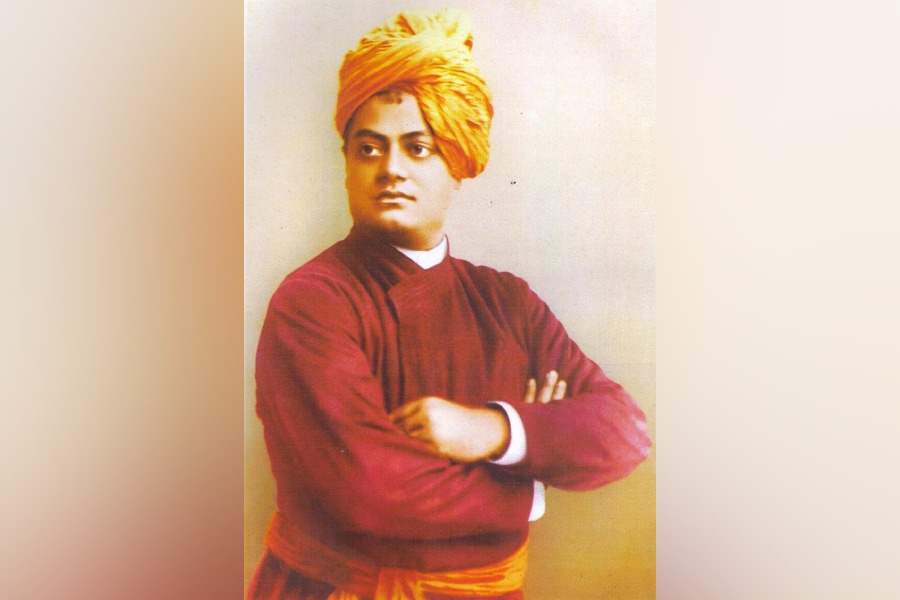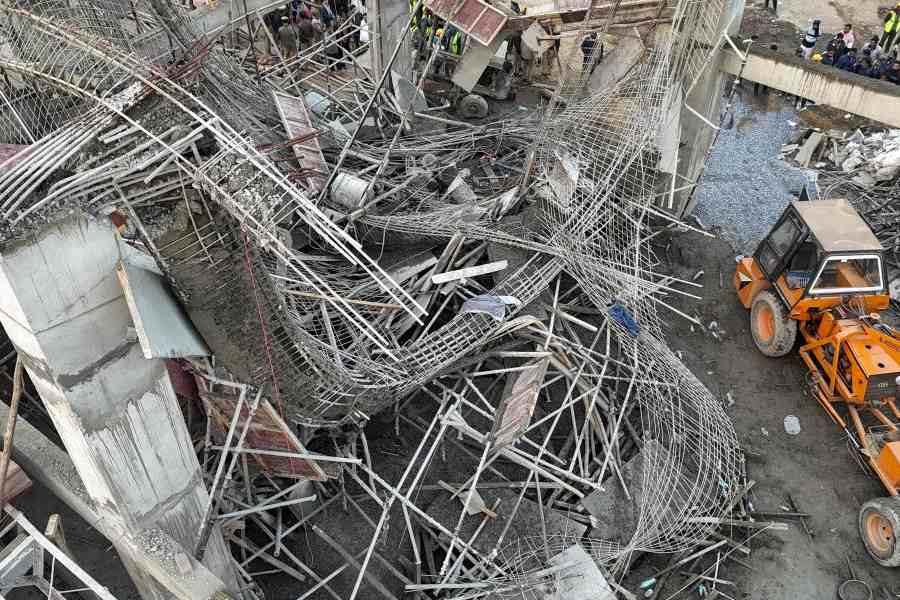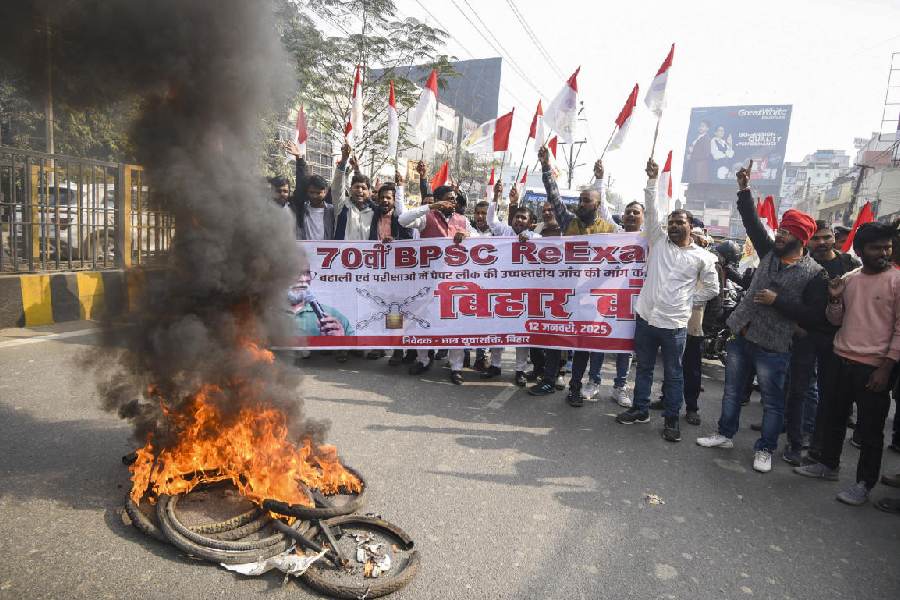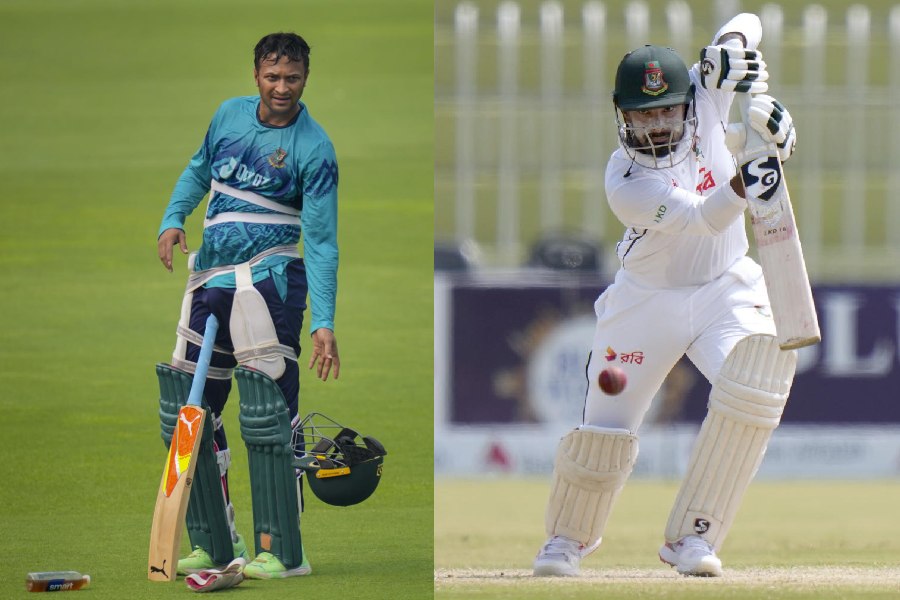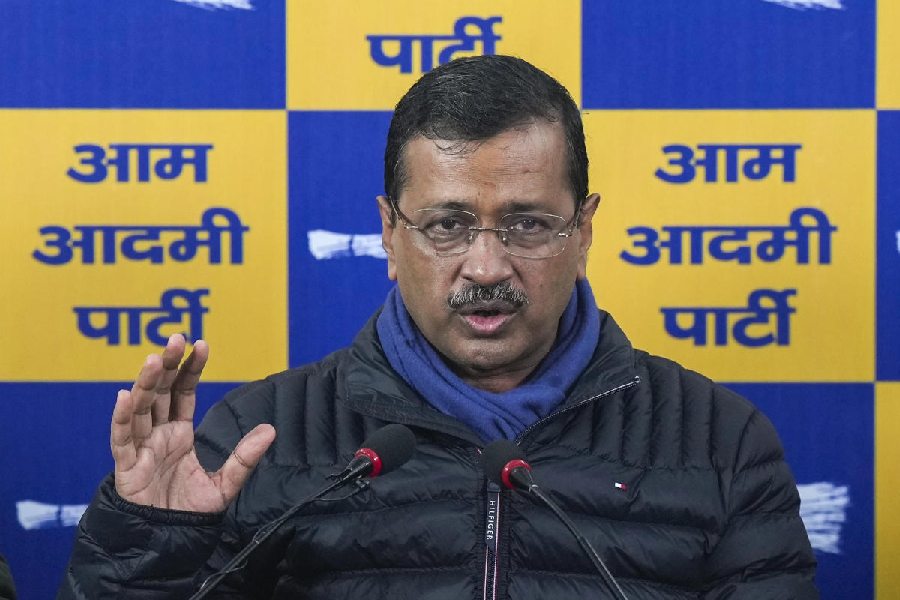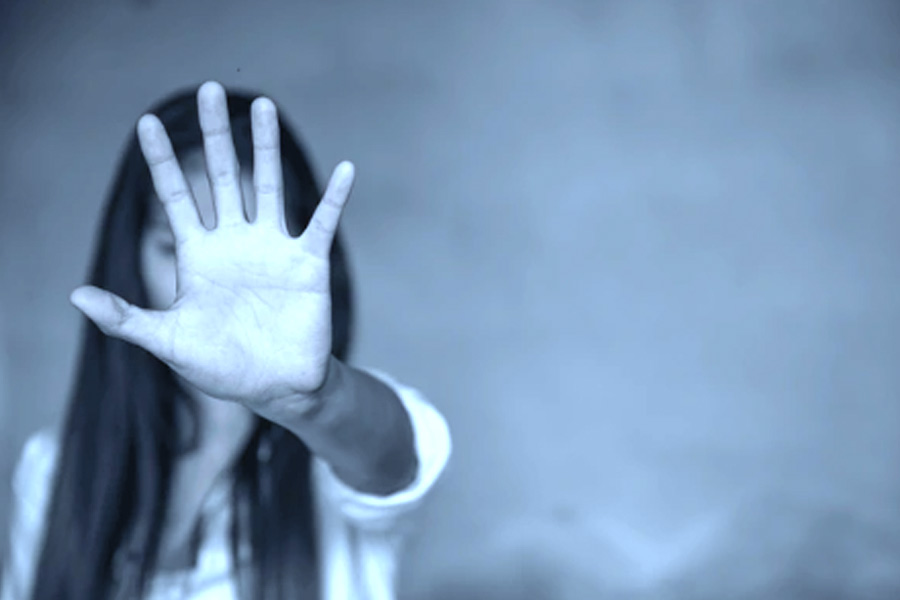The reports, often accompanied by grainy footage, are frequent: Hindu temples vandalized and set on fire in Bangladesh, minority Hindus targeted and killed.
Many of the attacks are real, with the mob rage serving as a warning of how Bangladesh could spiral into violence in the vacuum opened by the overthrow of its authoritarian leader last summer.
Others are forgeries, pushed by supporters of the ousted prime minister, Sheikh Hasina, to discredit Bangladesh’s interim government, as well as by pro-government media channels and right-wing social media accounts in neighboring India, whose government is an ally of Hasina and is sheltering her as she plots her return.
Caught between the authentic and the exaggerated, Bangladesh’s Hindus, who make up about 9% of a population that is overwhelmingly Muslim, are gripped with fear.
“Smiles are rare, and businesses are struggling,” said S.K. Nath Shymal, president of the Bangladesh National Hindu Grand Alliance in the coastal city of Chattogram, the center of some of the worst recent tensions.
The New York Times visited the sites of many of the reported attacks in Dhaka, Bangladesh’s capital, and in Chattogram, the country’s second-largest city.
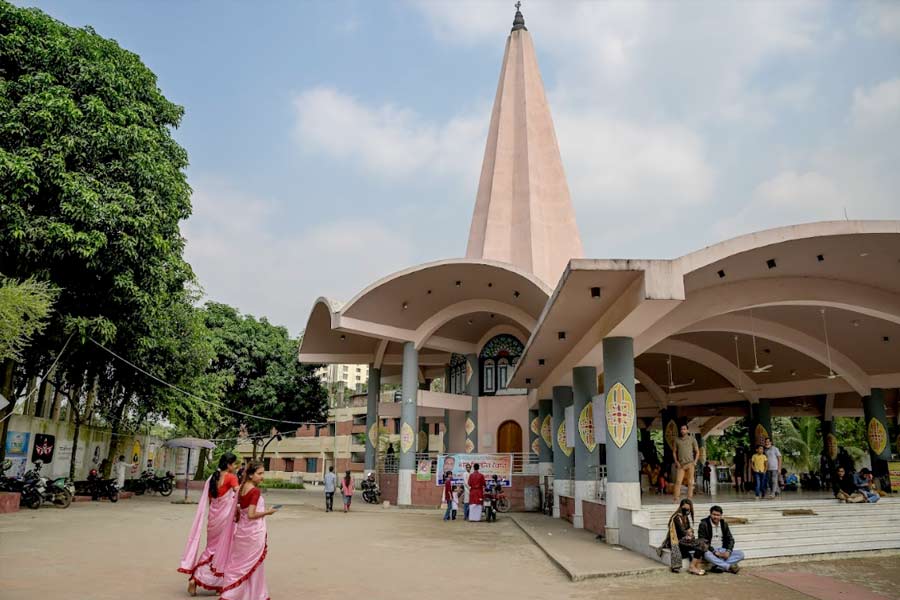
FILE — A Hindu temple in Dhaka, Bangladesh, Nov. 22, 2024. (Atul Loke/The New York Times)
Hindu residents confirmed episodes of vandalism and mob violence, particularly after the arrest of a Hindu monk in November and the death of a Muslim lawyer during a protest by the monk’s supporters.
But they also said that the cases of forged or exaggerated information had muddied the real threat to them.
Shymal said that all sides were “exploiting us.”
He described the forces at play. At home, Bangladesh’s interim government, led by Nobel laureate Muhammad Yunus, often downplays the threat to minorities to show it is in control. The Yunus government says it is committed to protecting minorities and points to 70 arrests related to 88 attacks over the past three months.
Across the border in India, the threat is being exaggerated to score political points among right-wing Hindus as well as to pave a path for Hasina’s restoration.
Before now, Islamic extremists were pushed to the margins by Hasina’s police state. With her gone and an unelected interim government in place, extremists have returned more openly.
In the widespread political violence that followed her departure, hundreds of people, including several Hindus, were killed. Community leaders said the killings of the Hindus were largely related to their political affiliation, not their religion.
But tensions have increased in recent weeks with the arrest of a Hindu monk, Chinmoy Das, who was accused of denigrating Bangladesh’s flag as he protested for the protection of Hindus.
The monk’s supporters gathered at the court in Chattogram during his bail hearing, clashing with police. During the unrest, a Muslim lawyer was hacked to death in unclear circumstances.
Since then, mobs have arrived in neighborhoods where Hindus live, vandalizing temples and targeting homes. In court, lawyers for the monk were heckled by other lawyers and stopped from defending him, his team said.
“The local lawyers used phrases like, ‘throw him out,’ ‘push him down,’ ‘beat him up,’” said Rabindra Ghosh, 75, a senior lawyer who arrived from Dhaka. “Hearing such words from lawyers, wouldn’t I be a bit terrified?”
He added, “The current situation has shifted from political to religious tensions.”
On the outskirts of Dhaka, a family-run Hindu temple was vandalized and set on fire in the predawn hours of Dec. 7. The owner, Ratan Kumar Ghosh, said the attackers had thrown flammable material into his house, which contains the temple, by removing part of its tin roof.
Ghosh expressed regret that the local news media had minimized the attack.
In Chattogram, the premises of three temples were vandalized recently, their gates and windows smashed with rocks.
“After the Friday prayers, some people started saying, ‘Go capture and slaughter Hindus,” said Tapan Das, 75, the owner of a house that contains one of the temples.
“What I did then was lock the gate of the big temple because I knew there would be trouble if people gathered,” Das said. “I sent everyone back to their homes. As the procession came, they banged on the gate and threw stones.”
At another temple in Chattogram, it was clear that a mob attack had taken place, but accounts of the unrest were conflicting.
Proloy Chakraborty, a temple priest, said a mob had vandalized two lion statues outside the temple gate. Titu Das, a nearby shopkeeper, said the mob had also attacked shops.
Indian broadcast media ran grainy footage Nov. 27 saying the temple had been set ablaze. Hasina put out a statement saying that a “temple was burned in Chattogram.” But leaders of the Hindu community in Chattogram rejected those accounts.
An early sign of the politicization of Hindus’ plight came in the days after Hasina’s fall in August, when an office of her party, the Awami League, was burned. A temple known as Navagraha Bari stood nearby. Videos falsely asserting that the temple had been attacked spread across Indian social media.
“Some individuals recorded a video of that fire and spread it, claiming that the Navagraha temple was on fire,” said Ujjal Bishwash, 52, a resident of the area. But “there has been no incident of fire at our temple to date.”
The New York Times News Service

